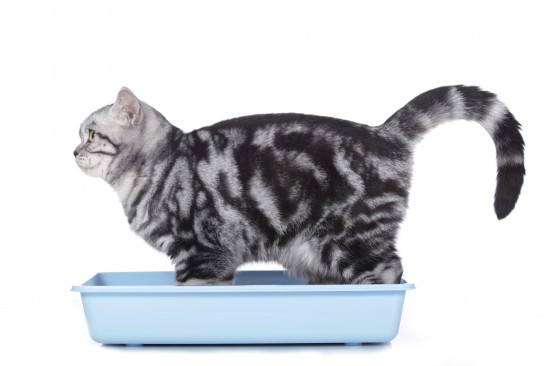

If your pet is unwell and acting strangely in any way, it's really important to make an appointment and take them to see a vet as soon as possible. They would be able to give your pet a thorough examination in order to find out just what is going on, if anything. However, the vet may ask you to collect a urine sample which would help them determine if there is a health issue so they could get the right sort of treatment up and running to get your pet back on the road to recovery and this is something you would have to do when you are at home with your pet.
Some healthcare plans offer pets a free diagnostic urine test every year to make sure pets are healthy. This allows vets to find out if there's an infection or anything else going on which can be treated early and the cost of which is covered by the health plan.
Collecting a urine sample from a pet can prove to be bit tricky especially if you have never done it before. If you get stressed or anxious around your pet, they will pick up on your vibes and get a bit excited about things too, this just makes it that much harder to do. Below are a few tips which could help you and which may well make the task a lot easier for you and your pet all round.
Cats can often be a bit skittish if you try to do something with them for the first time. Our little feline friends love their routine so when they are asked to do something a bit different, they don't always co-operate which can make things a little stressful and this includes attempting to collect a urine sample from them. However, the good news is there is a way to do this without stressing you or your cat out!
The things you'll need to help you collect a urine sample as follows:
Most cats will use a litter tray and are quite happy to do so if you don't let them out to do their business. Make sure you use a non-absorbent can litter and only put a little amount in the litter tray, this makes it a lot easier to collect a small amount of their urine which you can to with either an eye dropper or pipette making sure you get enough. Once collected you then have to transfer the sample into the sterilised container making sure it is well sealed.
Most vets prefer it if you can get the urine sample to them as quickly as possible, within 2 to 4 hours is preferable because this allows them to take a more accurate test. However, if you cannot get the urine sample to the vet within this time frame, you should place the sample in the fridge and get it to the surgery within the next 24 hours.
Collecting a sample of urine for the vet from your dog so they can test it is rather more difficult because your pet might not appreciate it when you interrupt them when they are dong their business! It might be a bit of a trial and error to begin with but with a bit of patience and perseverance it can be done!
The things you'll need to successfully collect a urine sample from your canine friend are as follows:
If you own a male dog, the easiest way to collect a urine sample from them is to keep your pet on a lead and when they cock their leg to go to the toilet, place the cup directly underneath them to catch some in it. This is quite messy, so make sure you're wearing rubber gloves when you pick up the cup or container!
If your dog is female, you need to do this as she squats down to do her business. Once you've collected a good cup/mug full, you would then need to transfer the urine sample into the clean/sterilised container using the dropper or pipette making sure the container is well sealed when you're done and this applies to the sample collected from a male and female dog.
Again, you need to make sure you get the urine sample to the vet's surgery as soon as you can. You can keep the sample in the fridge for up to 24 hours but the sooner you get it to the vet's surgery, the better with them preferring to get the sample anything between 2 to 4 hours after it's been collected.
It may be a little trial and error when you first attempt to collect a urine sample from either a cat or a dog. However, you need to get your dog used to you doing this so they don't panic when you do. Cats are a little easier than dogs because they use a litter tray to do their business. As long as you make sure you use non-absorbent litter, you should have enough to take a good sample for your vet to test. However, dogs can get a bit skittish when you try to collect it which makes it a bit of a "hit and miss" affair to begin with – but with a bit of perseverance and patience, you should be able to do it in the end.
Copyright © 2005-2016 Pet Information All Rights Reserved
Contact us: www162date@outlook.com